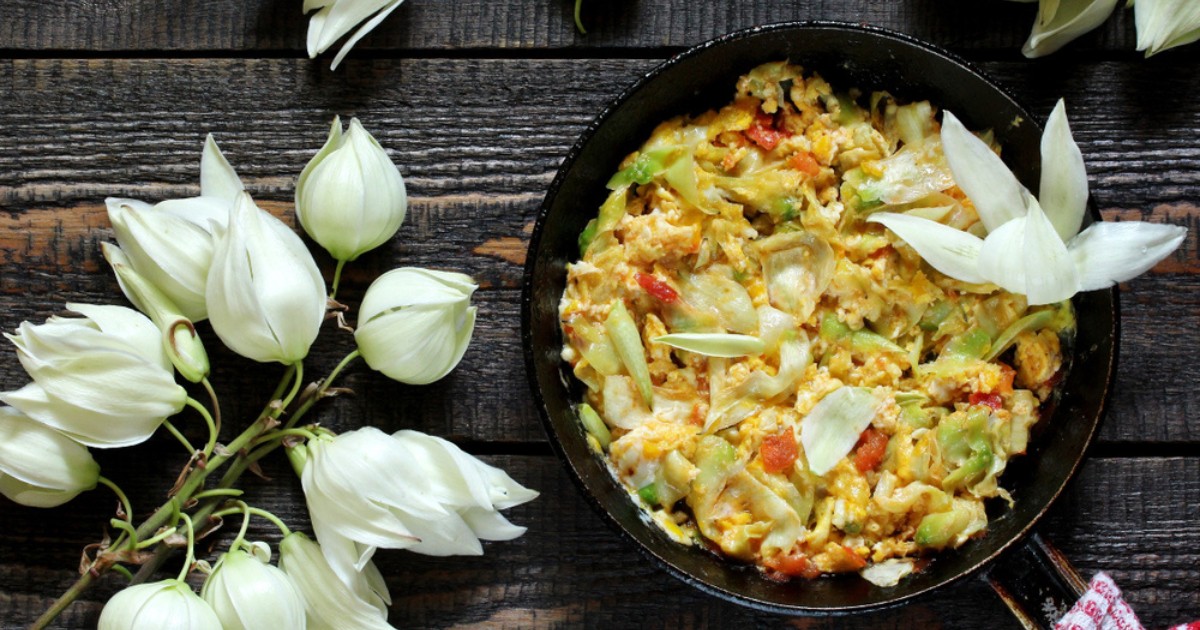Regarding Costa Rican cuisine, prepare your taste buds for an intricate dance of flavours as diverse as the country’s landscapes. As a food enthusiast gearing up to explore the culinary treasures of Costa Rica, there’s so much more to discover beyond its internationally acclaimed coffee and lush, tropical fruits. Let this guide whisk you through the must-try dishes, the tantalizing scents of exotic spices, and the vibrant, mouth-watering colours of Tico cuisine!
Traditional Costa Rican Dishes
- Gallo Pinto – A breakfast staple, Gallo Pinto is a fragrant mix of rice and black beans infused with onions, sweet peppers, and Costa Rican spices, served with eggs, sour cream, and a choice of meat. This dish, available at every roadside cafe, is not just about the flavours but also a taste of community.
- Casado – Translated as “married man,” Casado is a generous platter with rice and beans, plantains, a garden salad, and a protein, often fish, chicken, or beef. It’s a satisfying lunch that marries the simplicity of Tico’s life with a burst of essential flavours.
- Olla de Carne – For dinner, Ticos often turn to Olla de Carne – a beef stew brimming with root vegetables like yuca and sweet plantains. Slow-cooked to perfection, it’s comfort food that embodies the warmth and hospitality of the Costa Rican people.
- Arroz con Leche – To round off a delightful meal, no dessert sparkles like Arroz con Leche, a creamy blend of rice, milk, sugar, and a hint of cinnamon, often served chilled. It’s a sweet treat that whispers stories from the past, rooted in the homes of generations of Costa Ricans.

Unique Ingredients and Flavors
- Plantains – Plantains are the chameleons of the Costa Rican kitchen – they can be found as Tostones (fried and flattened), Maduros (sweet and soft), or Patacones (fried and cut thicker). They bring a sweet and starchy note to many Tico dishes, a quintessentially Costa Rican taste.
- Black Beans – As a prominent feature in Gallo Pinto, black beans add a rich, nutty taste to the dish. Often stewed with bell peppers, onions, and spices, they’re not just an accompaniment but the heart and soul of the meal.
- Salsa Lizano – Salsa Lizano is the national seasoning of Costa Rica. With its tangy, slightly sweet flavour and hint of spiciness, it’s like a secret handshake among Tico cooks. From bean stews to scrambled eggs, a dash of Salsa Lizano brings an unmistakable local taste.
- Fresh Seafood – The coastal areas of Costa Rica are a seafood haven, with dishes like ceviche offering a refreshing medley of fresh fish, lime juice, onions, and coriander. Each bite is a tribute to the country’s bountiful marine life and the culinary prowess of its coastal communities.

Regional Specialties
- Caribbean Influence – Costa Rica’s Caribbean coast brings an Afro-Caribbean flair to its cuisine, evident in dishes like Rice and Beans (prepared with coconut milk) and Pati – a savoury pastry filled with spicy meat, reminiscent of the Jamaican patty.
- Guanacaste Cuisine – In the northwestern province of Guanacaste, the cuisine is heavily influenced by the region’s ranching culture. Here, you’ll find a simple yet flavorful menu with highlights like carne asada (grilled beef) and picadillo de arracacha (a beef and arracacha root stew).
- San Jose Specialties – Costa Rica’s bustling capital, San Jose, is home to a melting pot of culinary experiences. Tuck into the bustling Mercado Central for various local dishes, including river fish cooked in the heart of palm sauce and charreada – thick, sweet corn pancakes.

Tasting Your Way Through Costa Rica
As you plan your gastronomical adventure in Costa Rica, consider the following tips to make the most of your food journey.
- Eat Where the Locals Eat – The best way to experience Costa Rican cuisine is by dining at the small sodas – local eateries known for their affordable, authentic food. These family-run businesses are where you’ll find the true essence of Tico cooking.
- Cooking Classes and Food Tours – Immerse yourself in the local food culture by participating in a cooking class or a guided food tour. These experiences teach you to craft Tico dishes and provide insight into the cultural significance of Costa Rican cuisine.
- Explore the Markets – Wander through the bustling markets and sample a variety of local produce, meats, and foodstuffs. The Mercado Central in San Jose is particularly renowned for its vibrancy and assortment of Costa Rican delicacies.
- Embrace the “Pura Vida” Lifestyle – Costa Ricans often use the phrase “Pura Vida” (pure life) to express a positive outlook and carefree lifestyle. Embrace this philosophy when dining in Costa Rica – relax, enjoy the food, and savour every moment of your culinary adventure.

The Final Flavour
Costa Rican cuisine celebrates the senses, a journey through taste that reflects the country’s warm and vibrant spirit. As you set out to explore the culinary landscape of Costa Rica, remember that every meal is an opportunity to connect with the local culture and its people. So pack your appetite and a sense of adventure – Costa Rica is waiting to share its delectable secrets with you. Pura Vida and bon appétit!






